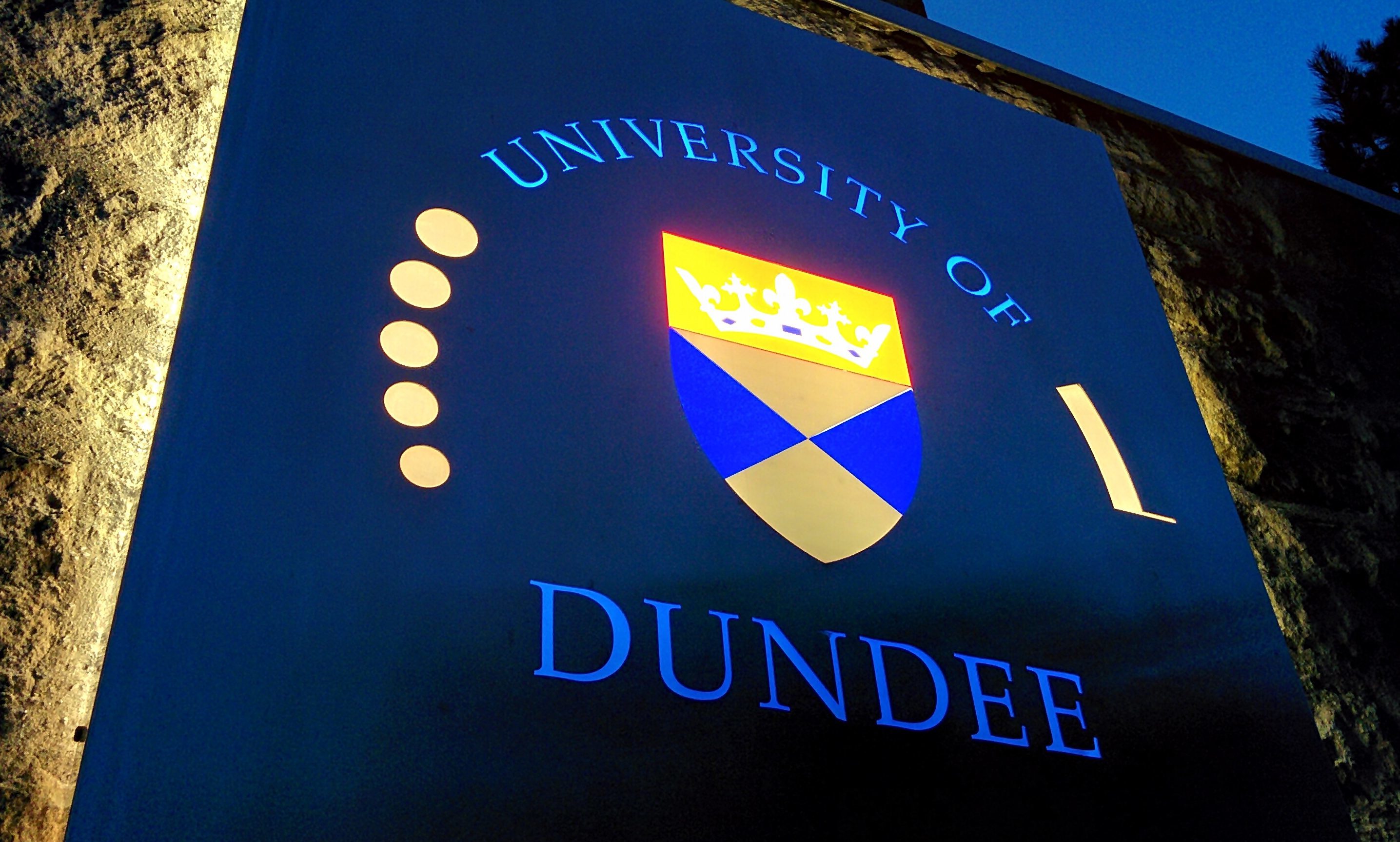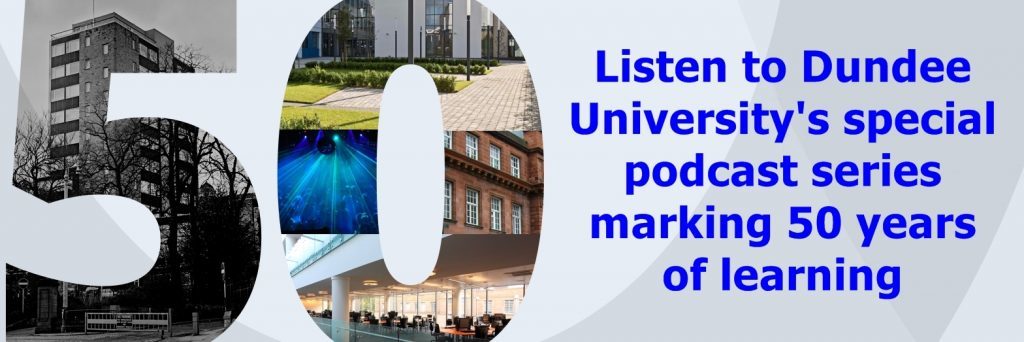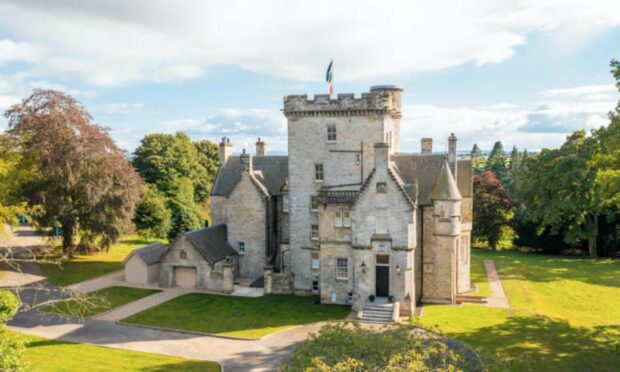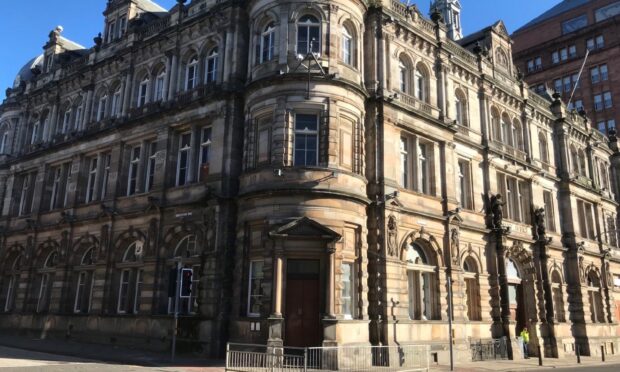Throughout the centuries, scientists have found that Dundee is a place that has allowed ideas to flourish.
James Bowman Lindsay, for example, is remembered as as a man of vision. Among the innovations that can be traced back to his work are the incandescent lightbulb and submarine telegraphy.
Listen to the podcast:
Born near Arbroath in 1799 into a farming family, he showed academic promise and managed to study mathematics and physics at St Andrews before taking up a position at the Watt institution as a lecturer in mathematics.
Only six years later, and decades before Edison announced the invention of the lightbulb, Lindsay demonstrated electric light, which was inspired by his desire to see safer working conditions in the city’s sometimes perilous jute mills.
Lindsay was also a pioneer of wireless telegraphy through water, another idea that was developed following his death in 1862.
Dundee-born physicist and engineer Sir James Alfred Ewing was only seven years old when Lindsay died and went on to spearhead work in the magnetic properties of metals.
Ewing had been educated at Dundee High School before studying physics at Edinburgh and graduating in engineering. He was recruited to Tokyo Imperial University, where he was instrumental in founding Japanese seismology as professor of mechanical engineering.
After five years, in 1883, he returned to his home city to become the first professor of engineering at University College, Dundee.
Like Lindsay, he was appalled at the conditions in which his fellow Dundonians lived and worked to improve amenities such as the sewerage system.
Ewing gave his name to the building that bears his name in the school of engineering.
One of the greatest pioneering partnerships to have worked at the university must be Professor Peter Le Comber and Walter Spear.
The men met while Spear was in post at Leicester University and Le Comber one of his brightest students.
When Spear moved to Dundee University in 1969 to take up the Harris Chair of Physics, Le Comber came to work alongside him and together they established the Carnegie Laboratory of Physics to study non-crystalline solids.
The work the men carried out in the 1970s in the development of amorphous silicon.
This in turn led to the creation of the amorphous film silicon transistor, and it was this innovation that directly led to the LCD technology that would revolutionise how we live.
That technology is now a huge part of our everyday lives in mobile phones, computer monitors, flatscreen televisions and solar panels.
Eddie Small is a lecturer in creative writing at Dundee University. He was awarded the student-led ‘most inspirational teacher at the university’ prize in May 2016. His biography of Mary Lily Walker, Forgotten Visionary of Dundee, was launched in 2013, and he was asked to write a play, Dundee’s Four Marys, which has been performed seven times. He wrote and performed in Pantomime of Death at the 2016 Edinburgh Fringe. A committed local historian, he regularly gives walking tours of his city.












